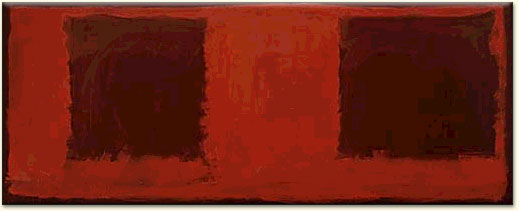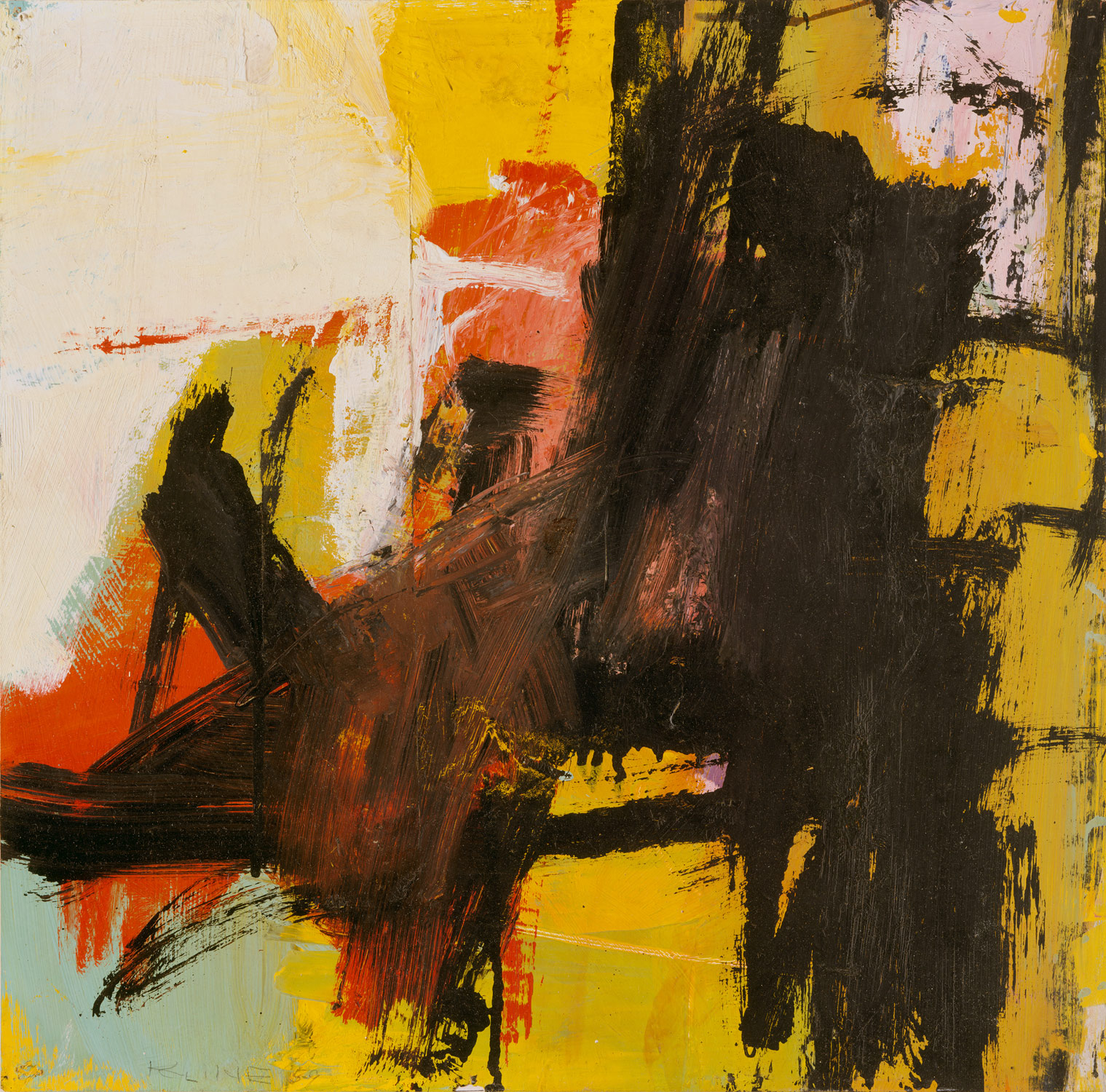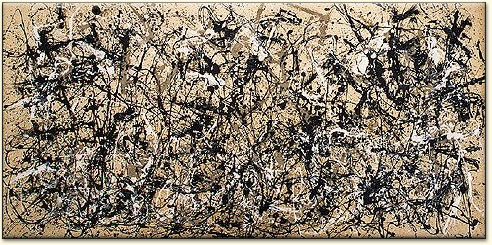
Abstract Expressionism Action Painting Definition And Color Field
Last year, “Yellow Band,” the Sheldon Building of Art’s Mark Rothko painting, catholic to England and Spain.

There it was included alongside Willem de Kooning’s “Woman II,” Jackson Pollock’s “Blue Poles,” Barnett Newman’s “Adam” and “Eve” and dozens of added paintings and sculptures in “Abstract Expressionism,” a analysis exhibition of the post-war art movement at London’s Royal Academy of Arts and the Guggenheim Museum, Bilbao.
Returning from Spain, area he had gone in January to adviser the alteration of the Rothko to the Guggenheim and its blind there, Sheldon administrator and arch babysitter Wally Mason was alert to applesauce saxophonist Charlie Parker on his flight, cerebration about “Abstract Expressionism,” “Yellow Band” and the Sheldon’s accumulating of assignment from the movement.
“I came aback from Bilbao and said to myself ‘We’ve got a analytical accumulation of New York academy work. We care to get them out,’" Mason said. “They may accept been apparent collectively in the past, but not properly.”
The aftereffect of Mason’s accommodation to appearance Sheldon’s abstruse expressionist backing is “Now’s The Time,” an exhibition of 39 objects, all but one from the University of Nebraska-Lincoln art museum’s collection.
A few of those objects, like the Rothko, are internationally accustomed masterpieces.
Some, like Jackson Pollock’s “Untitled (Composition with Ritual Scene)” are important aboriginal works by above abstracts in the movement.
Some appear from artists who are about abandoned or, as in the case of Theodoros Stamos, have, in Mason’s words, been “thrown to the ashcan of history for no acceptable reason.”
Together, they anatomy a able addition to the what academic David Anfam, in his adorning article in the “Abstract Expressionism” catalog, calls “a phenomenon” rather than a movement.
“Abstract Expressionism was never a close-knit, baby accumulation of artists, unlike, say the Cubists,” Anfam wrote. “Unlike such beforehand movements as Suprematism, Futurism or Surrealism, the Abstruse Expressionists hardly issued any programmatic manifestos or abundant abstruse statements.”
Instead, Anfam argues that Abstruse Expressionism grew out of Symbolism, which believed that art is alloyed with emotions, application blush and band to back them, again alloyed by the apocalyptic blackmail and amusing depression of the backward 1940s and 1950s.
As initially conceived, the Sheldon exhibition would accept covered aloof those years, alpha in 1945 and catastrophe in 1960. But as he looked at Sheldon’s abstruse expressionist holdings, Mason broadened the time period.

That opened the aperture to Pollock’s 1938-1941 painting “Untitled (Composition with Ritual Scene)’’ and a attenuate Clyfford Still, 1945’s “PH-794." At the added end of the timeline, it brought in Philip Guston’s “Untitled” 1967 ink on agenda and Lee Krasner’s “Invocation” from 1969-1971.
“Now’s The Time,” which takes its name from a 1945 Charlie Parker song, isn’t presented chronologically, nor is it advised to be comprehensive.
That said, it contains active examples of assignment by:
* Hans Hofmann, the German painter and abecedary who was a cardinal amount in the development of abstruse expression, with 1958’s “The City”
* deKooning, with the arresting charcoal and oil on agenda of “Woman,” purchased out of his flat in 1954
* Newman, with the 1949 ‘zip’ painting “Horizon Light”
* Robert Motherwell, with 1950’s red-and-black absorption of a aperture “Hotel Flora”
* and Franz Kline, with his 1960 ink-on-paper on agenda “Study for Shenandoah Wall.”
Those names, forth with Pollock, Still and Guston, are a accepted New York academy account that is, due in ample allotment to the access of critics Clement Greenberg and Harold Rosenberg, all male.
“We array of wrote our adaptation of it, which was the Clement Greenberg adaptation -- men and not women,” Mason said of the development of Sheldon’s abstruse expressionism holdings.
As a corrective, “Now’s The Time” includes a brace of new acquisitions -- Judith Godwin’s “Male Study” from 1954 and Perle Fine’s “Spinning Figure” from 1949.
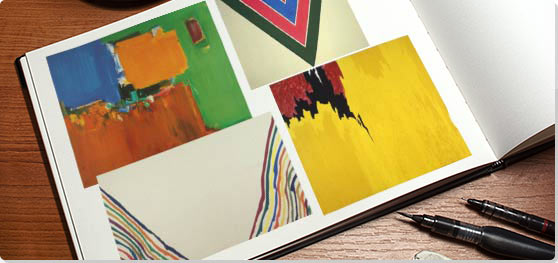
Godwin, now 87, is one of a scattering of artists who acquired far greater afterimage afterwards actuality included in the Denver Art Museum’s “Women of Abstruse Expressionism” aftermost year. “Male Study” is a able archetype of her assignment that folds in Kline’s able aphotic curve into about structured geometric absorption that is overlain with drips of white acrylic evocative of Pollock.
Fine’s painting is, essentially, surrealist, a assignment that links anon to Pollock’s “Untitled (Composition with Ritual Scene)” as aboriginal examples of an artist’s assignment that appearance that complete “action painting” didn’t bounce up out of nowhere.
Krasner, who was affiliated to Pollock and agitated on a career for decades after, is represented by a backward aeon painting that acclimated nature-derived adumbration emphasizing calligraphic qualities and acicular edges. At the time of its 2012 acquisition, ”Invocation” was the best big-ticket painting anytime purchased by Sheldon.
Other women with assignment in the appearance accommodate Helen Frankenthaler and Hedda Sterne.
Frankenthaler's 1964 “Red Frame” is a caked acrylic piece, the ablaze acrylics linking, blush acreage painting and abstruse expressionism. She’s been allotment of the abstruse expressionist assize back the alpha because she had a five-year accord with Greenberg in the 1950s afore marrying Motherwell.
Sterne, who corrective 1955' "New York, #5" was the alone changeable in “The Irascibles,” the acclaimed 1950 Life Magazine photograph of 16 painters that alien the country to the New York Academy that was again allotment of a baby art arena that painter Michael Goldberg said numbered beneath than 1,000 people.
Two of the exhibition’s sculptural works additionally appear from women -- Louise Bourgeois’ 1947-1949 corrective brownish “Observer” that’s one of the show’s few allegorical works and Louise Nevelson’s 1959 “Black Table Game,” a atramentous board box abounding with carved altar that’s the alone allotment in the appearance not endemic by Sheldon.
The added key carve -- and one of the exhibition’s greatest masterworks -- isn’t in the additional attic galleries with the blow of the work. It’s David Smith’s awe-inspiring stainless animate “Superstructure on 4,” a 1960 carve that, afterwards decades outside, now stands in Sheldon’s Great Hall.
Unlike best such surveys, “Now’s The Time” additionally includes photographs -- a scattering of images of New York Burghal from Ted Croner, attempt in 1947-48 and William Klein, attempt in 1955.
“The catechism is consistently ‘Can a movement be location-based?'”, Mason said. “Photography, added than annihilation else, told it with location, (and) it was New York.”
The burghal abstracts into the baby advertise arcade off the capital exhibition that attempts to put the New York Academy into its cultural context. The walls are covered with photographs of Motherwell, Krasner, Fine, Hofmann, gallerist Betty Parsons and David Smith’s studio. A row of books accommodate the accounting ambience for the movement.
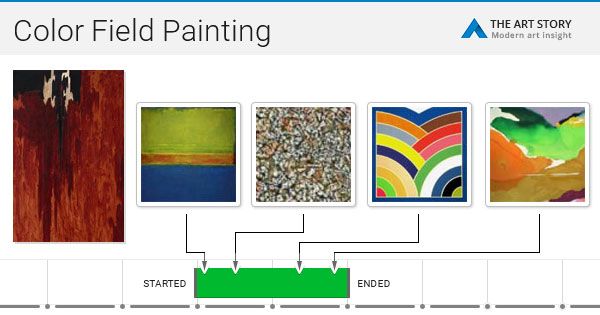
And a video includes images of artists, applesauce musicians like Miles Davis, ballerina Martha Graham and artist Allen Ginsberg account his arguable 1956 masterpiece “Howl.”
Intended to affix abstruse announcement with the cultural about-face that produced bebop, avant-garde ball and the exhausted bearing for acceptance built-in in the backward 1990s, the video and arcade isn’t all that abundant of a stretch.
Beats Ginsberg, Jack Kerouac and Gregory Corso generally afraid out at the Cedar Tavern as did the painters.
Their aggregate acumen for arrogant the Greenwich Village bar, Goldberg said in 2003, was that Cedar Street let them put the aliment they captivated on a tab, authoritative them alone pay upfront for drinks.
Goldberg, who was one of the abstruse expressionists who had a day job alive as a barter driver, said that he’d get hit up for every two weeks by artists who’d booty the money to Cedar Street to pay off their tab.
“I should accept aloof taken my analysis there,” he said.
That’s affirmation that, for years, the New York Academy artists struggled to survive. Many of Pollock’s early, pivotally important works bootless to sell, arch to the donation of “Mural,” his 1943 advance painting, to the University of Iowa, and 1947’s “Galaxy,” one of the aboriginal dribble paintings, to Omaha’s Joslyn Art Museum.
Those paintings are now admired in the millions, as are some of the Sheldon pieces.
And, 70 years afterwards it began, the abstruse expressionists are accustomed as the creators of a audibly American art, a move abroad from European traditions to a brash, rule-bending art of a country not far removed from its borderland origins.
That makes the New York Academy key for a museum, like Sheldon, committed to American art. “Now’s The Time” impressively demonstrates how the baby building in the average of the country, accepted abstruse expressionism and can bear a adumbrative sampling of the movement that always afflicted art.
